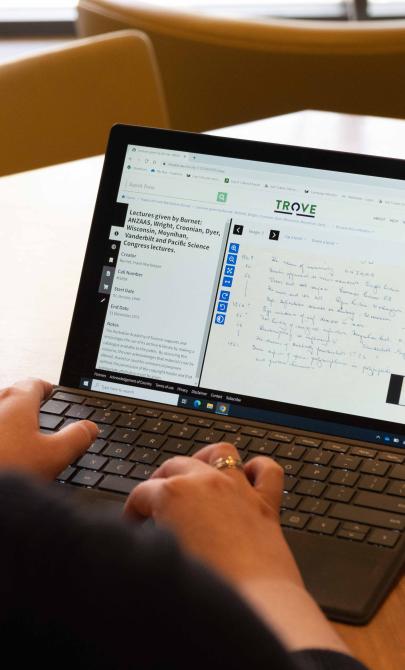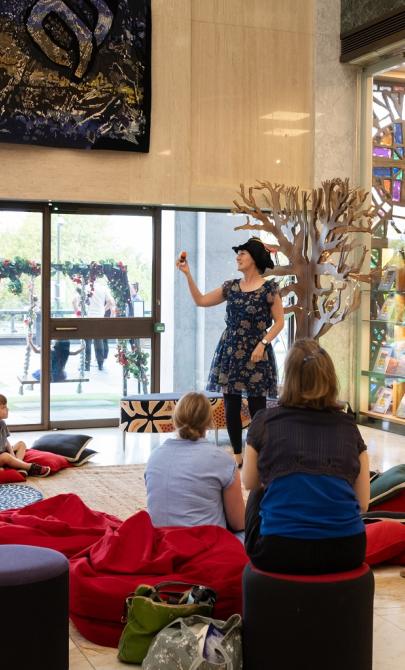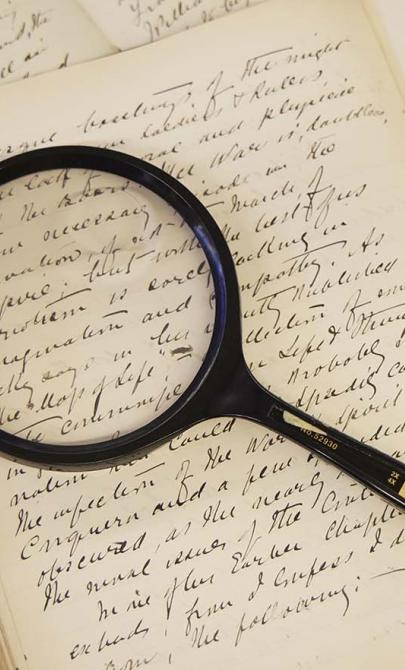Inland adventures
A journey marked by tragedy
The expedition set out from Melbourne on 20 August 1860, aiming to reach the Gulf of Carpentaria and return. Of the original 19 men, only four—including Robert Burke, William Wills and Charles Gray—made it to the Gulf. The return journey, however, proved fatal for most. Only one man, John King, survived.
Burke and Wills both died of starvation on the banks of Cooper’s Creek. Historians generally agree that Burke’s lack of bush knowledge and poor leadership contributed to the expedition’s failure. Wills, by contrast, was a skilled bushman, surveyor and astronomer.
King survived with the help of local Aboriginal people. A search party eventually found him, and he led them to the bodies of Burke and Wills. Their deaths deeply affected the public, and both men were given a state funeral in Melbourne. A Royal Commission was later held to investigate what went wrong.
Diaries and records held by the Library
The National Library of Australia holds key documents from the expedition. In 1909, the Library acquired the diary of William Wills (kept from 23 April to 28 June 1861) and the diary of Robert Burke (kept from 16 December 1860 to 20 January 1861). In 1936, the Library acquired a journal and other papers belonging to John King.
These journals—along with letters, newspaper reports of Burke and Wills’ deaths, and an account of their funeral—form part of the Library’s Manuscript Collection (MS 30). Their combined value is now estimated at several hundred thousand dollars.
Wills' final diary
Wills’ diary was written in a surveyor’s field notebook. It contains detailed meteorological and astronomical observations, as well as a list of Aboriginal words. It also documents the final leg of the journey, as Wills, Burke and King attempted to reach Adelaide from Cooper’s Creek.
The last entry in the diary is dated 26 June, although by then Wills was severely ill and confused about dates. He also wrote a letter to his father dated 27 June. It is believed he died shortly after, with Burke dying two days later. Wills’ final writings were among the most important pieces of evidence considered by the Royal Commission.
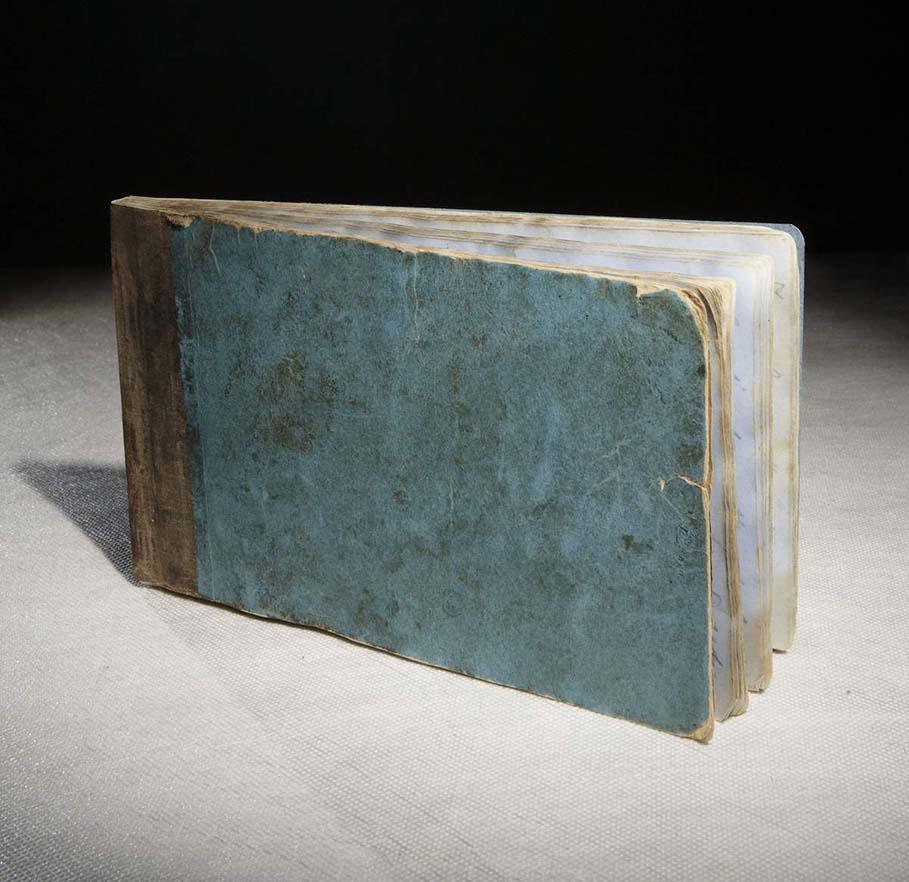
Burke and Wills Expedition (1860-1861), Robert O'Hara Burke (1821-1861), William John Wills (1834-1861), John King (1841-1872), FH Hawkins and DW Roberts (1860), Papers relating to the Burke and Wills Expedition, 1860-1861 [manuscript], nla.gov.au/nla.obj-229121922
Burke and Wills Expedition (1860-1861), Robert O'Hara Burke (1821-1861), William John Wills (1834-1861), John King (1841-1872), FH Hawkins and DW Roberts (1860), Papers relating to the Burke and Wills Expedition, 1860-1861 [manuscript], nla.gov.au/nla.obj-229121922
Learning activities
These activities use William Wills’ diary and related historical materials to explore the Burke and Wills expedition, the role of Indigenous knowledge, and the importance of primary sources.
Activity 1: Reading Wills’ diary
- Allow students to read Wills’ diary.
- Watch the video Digital Classroom: William Wills’ journal to introduce the historical context.
- Use the following questions for discussion:
- What makes this diary (along with the diaries of Burke and King) a treasure?
- What can we learn from primary sources such as this?
- Why would someone keep a diary on this kind of journey?
Digital Classroom: William Wills’ journal
Activity 2: Investigating Nardoo bread
- Focus on Wills’ entry from Tuesday 7 May 1861, where Aboriginal people provided Nardoo bread.
- Ask students to investigate:
- What Nardoo is and how Nardoo bread is made
- Why Burke and Wills failed to prepare it properly
- The consequences of improper preparation
Activity 3: Botanical study of Nardoo
- Show students the botanical drawing by Edward Gostelow, which includes Marsilea quadrifolia (Nardoo).
- Ask students to prepare a fact sheet on Nardoo, including:
- Botanical characteristics
- Traditional Indigenous uses
- Its role in the Burke and Wills expedition
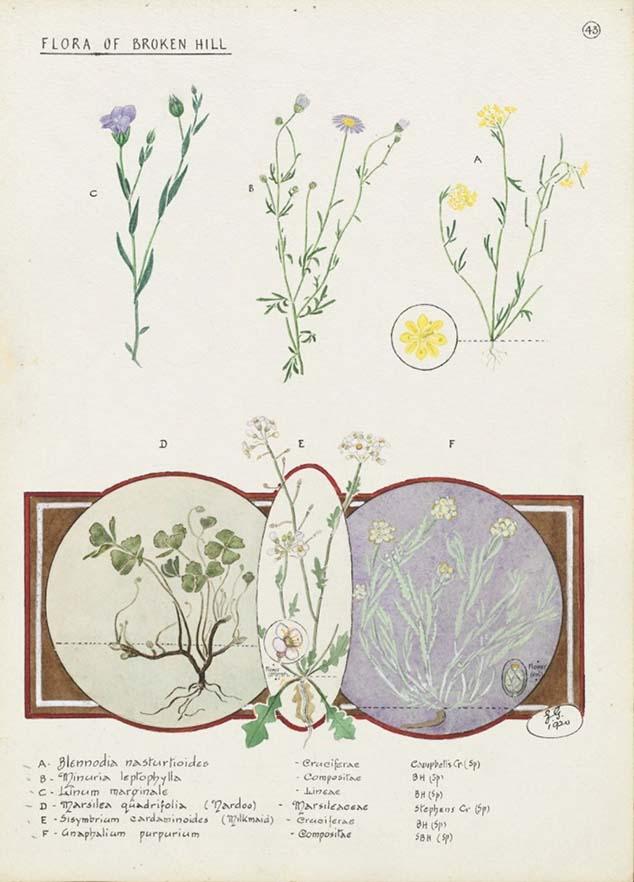
Ebenezer Edward Gostelow (1866-1944), Blennodia nasturtioides, Minuria leptophylla, Linum marginale, Marsilea quadrifolia (Nardoo), Sisymbrium cardaminoides (Milkmaid), Gnaphalium purpurium, Broken Hill Region, New South Wales, Spring 1920, nla.gov.au/nla.obj-135346129
Ebenezer Edward Gostelow (1866-1944), Blennodia nasturtioides, Minuria leptophylla, Linum marginale, Marsilea quadrifolia (Nardoo), Sisymbrium cardaminoides (Milkmaid), Gnaphalium purpurium, Broken Hill Region, New South Wales, Spring 1920, nla.gov.au/nla.obj-135346129
Activity 4: Bush food research project
- Invite students to research bush foods available to Burke and Wills, including:
- Those shared by Aboriginal people
- Those growing naturally in the regions they explored
- Ask students to present their findings on a classroom poster.
- Consider inviting a local Indigenous group to speak about bush foods, cultural practices and local knowledge.
Activity 5: Modern explorers and preparation
- Introduce students to modern-day explorers who have retraced the Burke and Wills journey, such as Jon Muir OAM.
- Ask students to research how these explorers prepared differently and succeeded.
- Invite students to consider the planning needed if they were to undertake the same journey:
- What gear and skills would they need?
- What knowledge would they need to gain beforehand?
Suggested related resource:
Other Treasures sources that relate to the concepts explored in this source include: Indigenous experiences.
